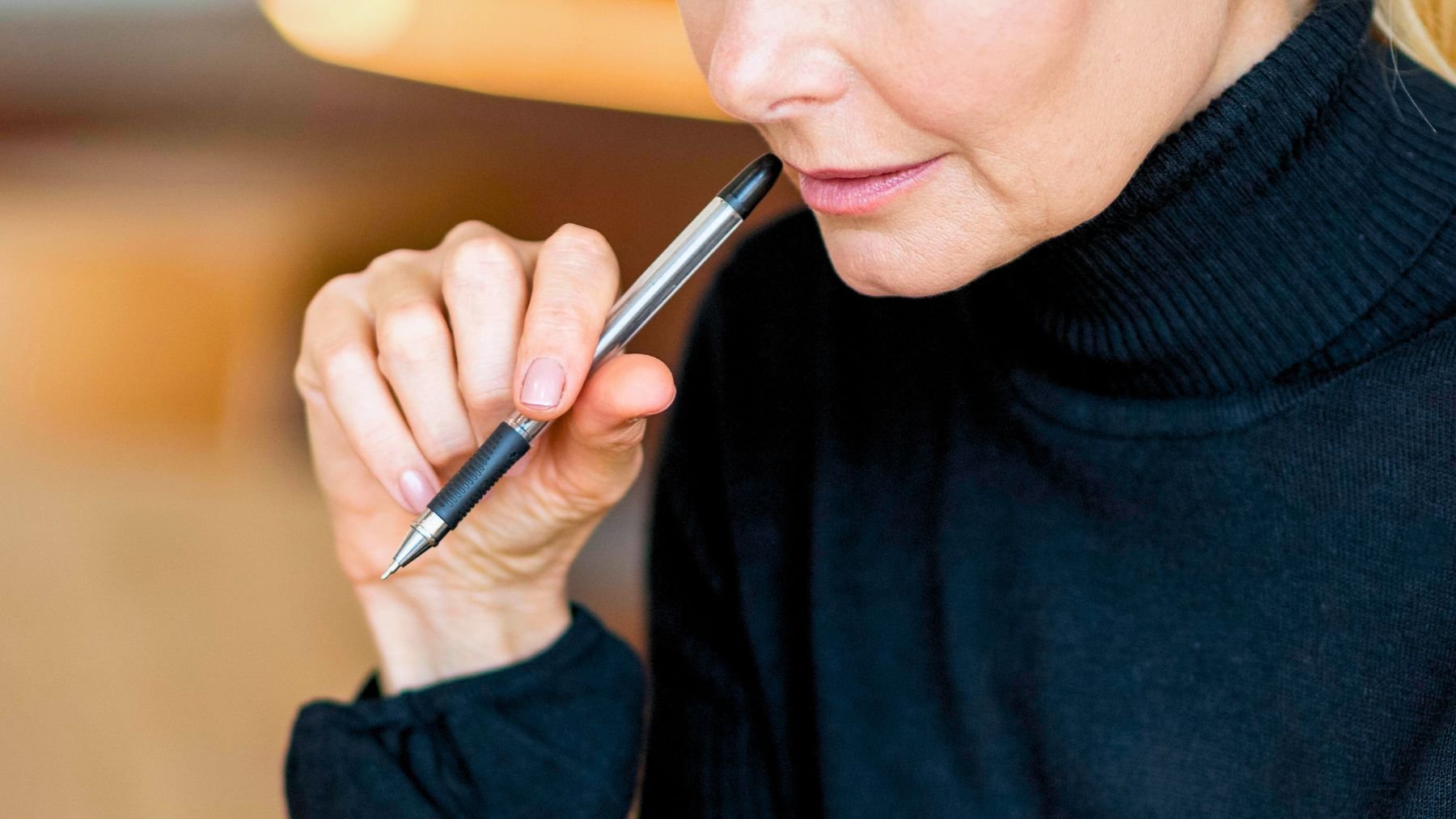Have you ever noticed someone clutching a coffee cup, phone, or notebook while they speak and wondered if that small gesture carries a deeper meaning? This subtle behavior often reveals more about a person’s inner state than they may consciously intend.
We’ll examine the various functions behind the act of holding an object in front of you while talking and discuss how different contexts, from business meetings and casual conversations to interviews and social events, can shift its significance. Let’s get to it.
The meaning behind holding an object in front of you while speaking
This seemingly simple act can serve multiple purposes. Let’s break down the common reasons behind this behavior and uncover what each represents.
Self‑protection
Often, when stress or anxiety rises, individuals instinctively grab available items as a form of self‑protection. A notebook, water bottle, or smartphone may be held in front of the body during a high‑stakes job interview or a difficult conversation. In these situations, the object acts as a barrier, offering a momentary shield that allows the person to gather their thoughts and steady their nerves.
Seeking warmth
For many, holding an object such as a hot mug of coffee or tea can have a calming effect, soothing both body and mind. In chilly conference rooms or early morning classes, that cozy drink becomes a source of intimate comfort. The act serves as a ritual that helps the individual feel more in control and less exposed to the uncertainties of their environment.
Shyness and anxiety
In many social settings, from networking events to first dates, holding an object may work as a subtle social barrier. Keeping a book, pen, or other accessory in front of you can limit direct eye contact and create a psychological buffer between you and others. This often emerges from feelings of shyness or social anxiety, as it allows a person to maintain a comfortable distance while they assess the social dynamics of a room.
Low self‑esteem
In scenarios such as feedback sessions or intense debates, positioning an item between you and others may be an unconscious attempt to mitigate feelings of uncertainty. This behavior can highlight an inner confidence gap, as the individual subconsciously seeks support or validation. The physical reminder of a boundary, even if temporary, offers a way for someone to cope with self‑conscious thoughts while they navigate challenging interactions.
Detachment
Sometimes, the gesture indicates that the individual is merely disengaged or distracted. Fidgeting with a pen, scrolling on a smartphone, or casually tapping on a notebook may signal that the speaker’s focus has shifted from the conversation to somewhere else. In long meetings or mundane presentations, this behavior can reveal that the person has mentally checked out and is seeking an escape from the current topic.
Grounding
For some, holding an object helps channel restless energy and maintain focus. It can function as a grounding technique, allowing you to regulate your emotions and fostering a sense of stability and clarity in both creative and professional environments.
By paying close attention to these nonverbal cues—be it in interviews, classroom settings, casual gatherings, or formal meetings—you can enhance your ability to interpret the behavior of others and improve your self‑awareness during interactions. The next time you or someone you know holds an object in a conversation, consider the context and the potential message behind the gesture.

